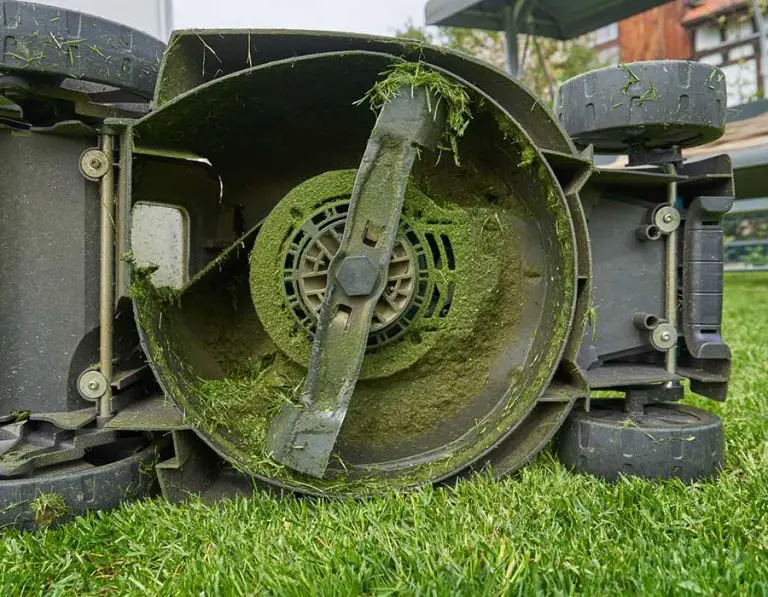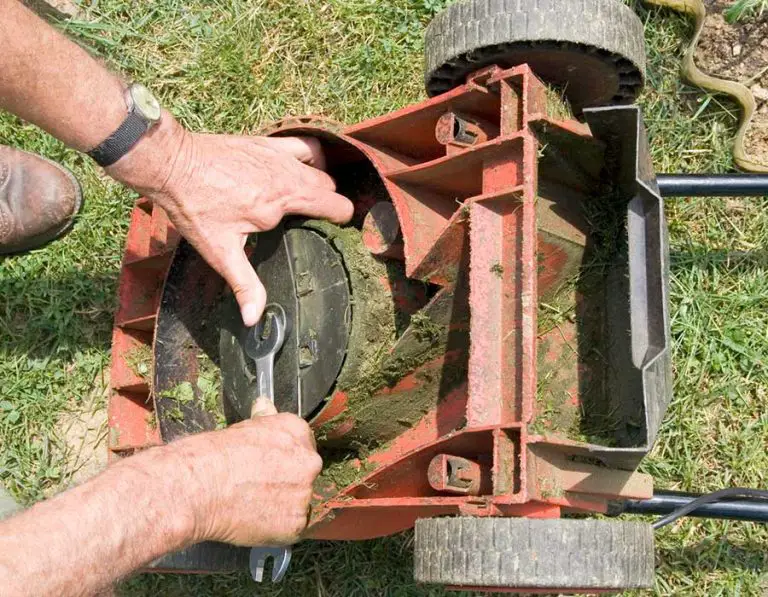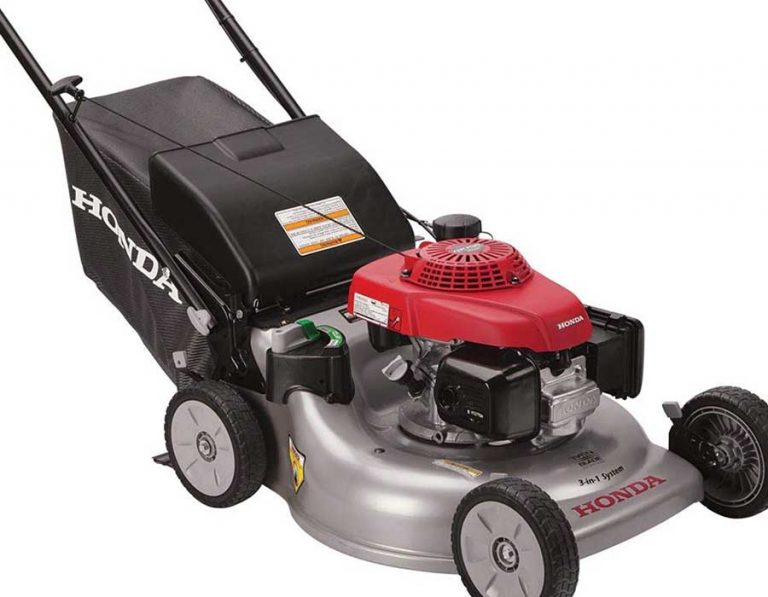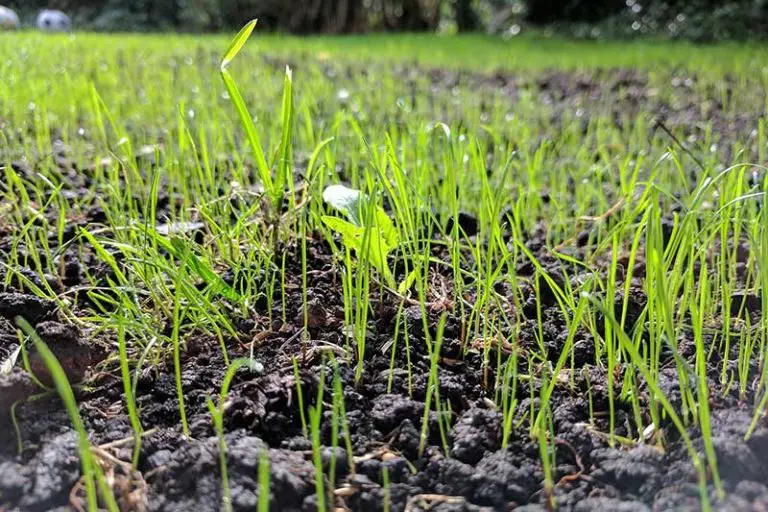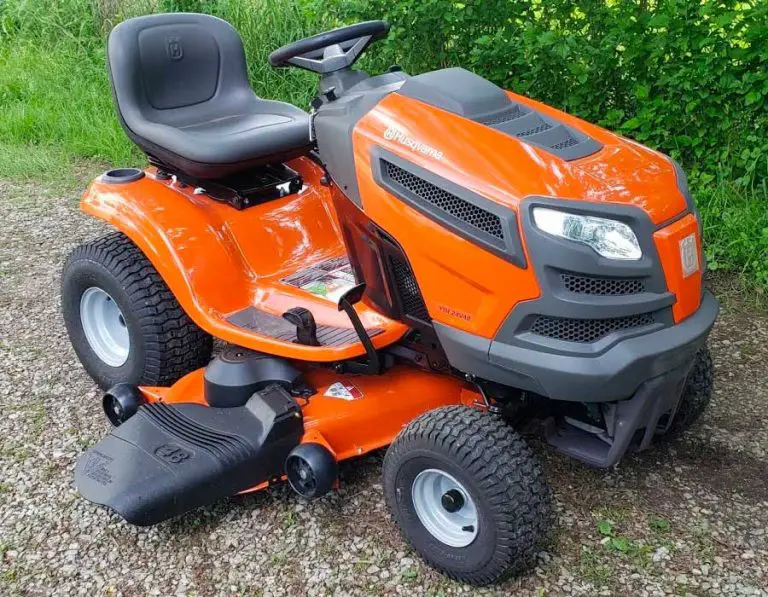Mowing Your Lawn in Summer: A Complete Guide
During the hotter summer months, it’s crucial to take more care with your mowing schedule to prevent shocking or burning your grass.
In summer, you may need to mow your lawn between one and three times per week. This frequency depends on several factors, the main of which being your location and the type of grass you’re growing. Warm-season grasses will require more mowing per week than cool-season grasses during the warmer summer months.
How Often Should You Mow Your Lawn in Summer?
Generally speaking, you should mow your lawn at least once per week in the summer. However, how often you mow will vary depending on the grass species you’re growing, the area that you live in, and the weather conditions over summer.
If you live in a northern region, your lawn will most likely contain cool-season grass. Cool-season grass types grow most actively during the spring and fall. Their growth will slow down in the warmer summer months, coming to a halt when temperatures exceed 65°F. For this reason, you won’t need to mow cool-season grasseses as regularly in the summer, mowing roughly once per week.
On the other hand, those who live in a southern region will most likely have warm-season grass on their lawn. Warm-season grasses grow most vigorously in the summer, turning dormant when temperatures drop in fall. You will therefore need to cut warm-season grasses most frequently in summer, potentially mowing up to three times per week.
Beyond the grass type, the weather conditions you see over summer will affect how fast your lawn grows. Another factor is your lawn maintenance, as an unhealthy lawn will grow slower than one that is well-fertilized and watered. All of these conditions make it difficult to give a definitive mowing timescale that will suit every homeowner; instead of judging how often to mow your lawn based on time, determine this schedule based on the grass’ height using the ‘one-third’ rule
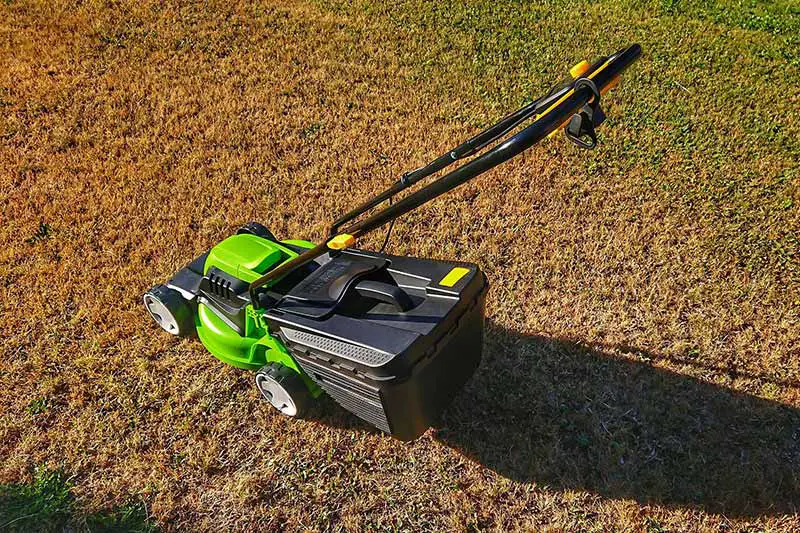
Following the One-Third Rule for Summer Mowing
Regardless of your lawn’s grass type, the best practice when determining your mowing schedule is to follow the one-third rule. This is a rule that dictates you should never remove more than ⅓ of the grass blade’s total height each time you mow.
All grass species have their own recommended mowing heights. You can work backward from the recommended height to cut your grass species to determine how often to mow it in the summer. For example, if the best height for your grass was 3 inches, you would allow your grass to grow to 4 inches before mowing it 1 inch shorter.
How Tall Should You Mow Your Lawn in Summer?
For all grass types, it’s best practice to mow your lawn as tall as possible in summer. Again, exactly how tall you mow your lawn depends on the specific grass species that you have. Find out the ideal height range for your grass type and mow the lawn to the tallest recommended height.
Mowing the grass taller in summer is crucial to protect it from the harsh sun. If you cut your lawn too short in summer, it can cause the grass to become sunburnt as it over-exposes the bottom half of the grass blade. The grass plants will suffer as they will be unable to photosynthesize properly if cut too short. Also, longer grass will help water retention in the soil by reducing the amount of moisture lost to evaporation.
When is the Best Time to Mow Your Lawn in Summer?
The best time to mow your lawn in the summer is in the late afternoon to evening, when the sun is low or completely down. This will help your grass to retain moisture and prevents it from becoming sunburnt. Mowing later in the day will give the grass enough time in the shade to heal before the sun rises again.
When Should You Avoid Mowing Your Lawn in Summer?
In the summer, you may be tempted to mow your lawn first thing in the morning before the sun rises. However, this is a bad idea for a few reasons.
If you mow first thing, any dew on the grass will cause grass clippings to clump together. These clumps may clog your mower or smother the healthy grass. Mowing wet grass is very likely to result in an uneven cut. Also, cutting grass when it’s wet and the weather is warm creates the perfect environment for fungal diseases to grow.
Also, mowing in the morning leaves the grass vulnerable to the summer sun when it rises again. Similarly, mowing at midday will leave the grass susceptible to sunburn and should therefore be avoided.

